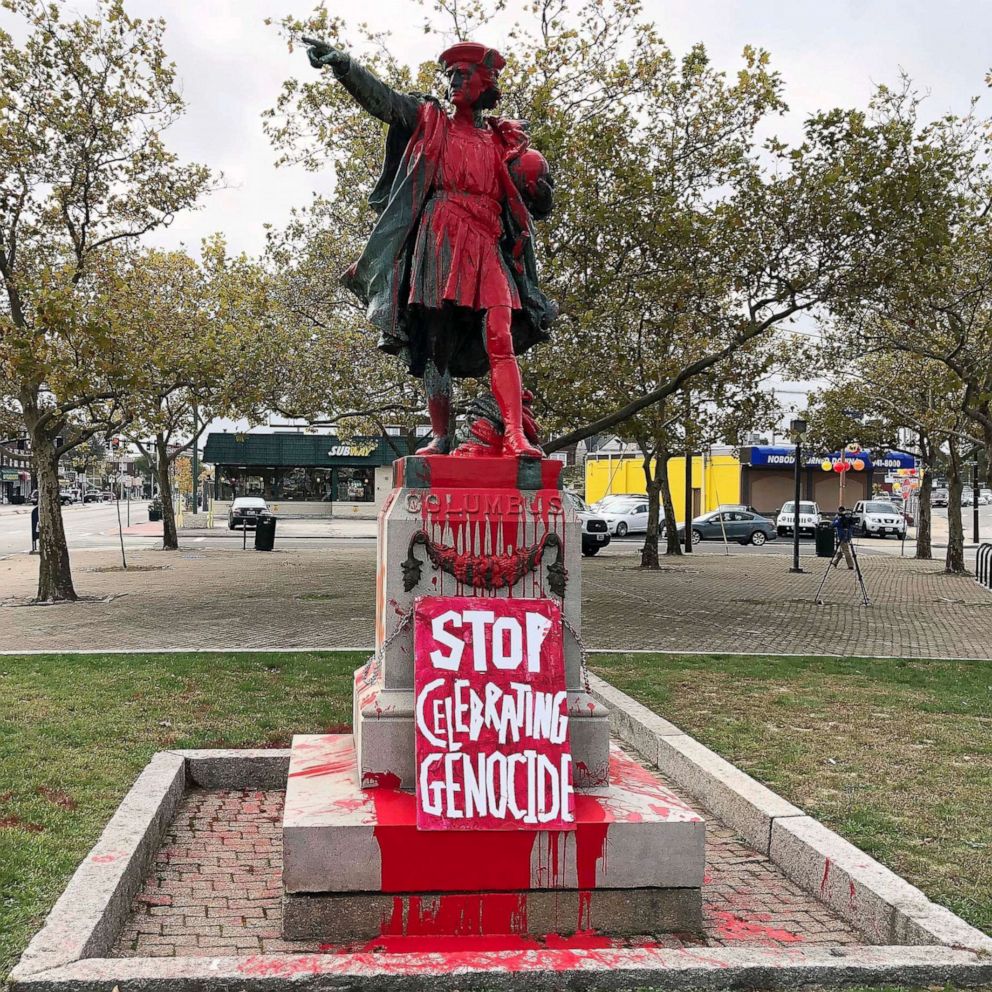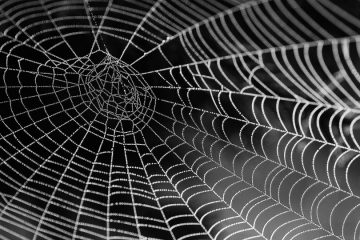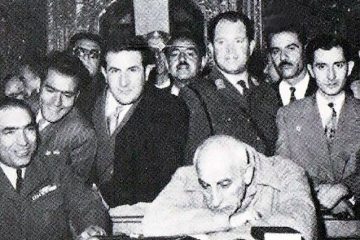
October 12, 1492 is recorded in the American, Italian, and Spanish calendars as Columbus Day. The day Christopher Columbus set foot in the United States and began massacring the continent’s natives.
In most history classes today, children are taught that in 1492, Christopher Columbus sailed the azure ocean and “discovered America.” In this story, Columbus is a brave explorer, a remarkable leader and a national hero. This is a deeply fictional and even mythical story, yet despite historical records of Columbus’ heinous crimes against Indigenous peoples, American history and culture still make him proud and admired.
Christopher Columbus is responsible for some of the most horrific atrocities in history, yet is portrayed as a savior, and his memory is honored with a public holiday. Sadly, most American students learn from their history teachers and books that they must not only praise and respect Columbus, but also sing and write about his arrival on the American continent and perform plays to celebrate this event. These praises, along with “Columbus Day” celebrations and parades, disgustingly cover up the horror of the Indian genocide that began with Columbus’ travels.
There is no sign of Columbus’ greed for gold and his quest for it in Haiti in the textbooks, as it’s mostly counted as negligible. Columbus himself equates the accumulation of wealth with salvation and writes: “Gold is a treasure, and he who possesses it does all he wishes to in this world, and succeeds in helping souls into paradise. One of his Crew members in his 1494 voyage wrote: “after a few days of rest in our resident, that seemed to Admiral king it’s time to execute his wishes of a quest for gold, for it was our original purpose for such a great and perilous voyage.”
When Columbus and his sailors arrived in the Bahamas, they were greeted by Arawak / Arahuaco men and women. Columbus writes in the ship’s voyage logs: “They brought us parrot’s, skeins of linen and spear, and exchanged them with marbles and hunting bells. they willingly exchanged whatever they had… they were handsome and had good bodies and good looks… they did not have a weapon with them and did not know what a weapon was, because when I showed them a sword they grabbed its edge and cut off their hand out of ignorance. They had no iron. Their spears are made of sugarcane. Good slaves could be made of them. With fifty men, we can dominate everyone and force them to do what we want.”
It is interesting to note how Columbus’s arrogant description of Arawak conforms to his sense of European worthiness and superiority. He praised Arawaks and other indigenous tribes for their hospitality, good looks, and intelligence in several logs, but at the same time noted that “good slaves” could be made of them. When Columbus justified his slavery and wars against the natives, he accused them of “cruelty,” “stupidity,” and “a great warlike nation whose habits and religion are very different from ours.”
Sexual violence against indigenous peoples and the humiliation of their bodies could be recognized when Columbus used the Taíno women as sex slaves and sexual rewards for his soldiers. Columbus profited from the sex trade by exporting them to other parts of the world. In fact, most of his income came from slavery. In 1500 he wrote to a friend: “As they give a hundred Escudo for a farm, this money can be easily obtained of a woman, and this is very common and many dealers have started looking for girls and now, the demand is for girls nine to ten (years old).”
It is a complex and difficult task to justify Columbus’ actions by today’s standards or by historical-moral relativism; Not only because we might ignore genocide, sexual slavery, and oppression to do so, but also because it implicitly states that Columbus has respectable general characteristics and should be honored. For example, the following is often quoted from Bartolomé de las Casas, the Spanish-born Dominican bishop of Chiapas, who observed and documented the horrors of subjugation, slavery, and the massacre of the natives: “What we have done to Native Americans would be one of the most unforgivable crimes ever committed against God and the people, and this trade [of native slaves] stands out as one of the most unjust, evil, and cruel.”
De las Casas was utterly offended and ashamed of the cruelty he witnessed. In numerous reports he states that Columbus ordered his soldiers to amputate the legs of fleeing children; Spaniards who hunted and killed natives for fun; The colonialists tested the sharpness of their swords on the bodies of the living and breathing natives; Columbus soldiers were betting on who could split a native in two with one swipe of his sword. De las Casas writes: “These inhuman and barbaric acts were committed before my eyes in a way that will not be found in any other age. My eyes have seen so many of these actions so contrary to human nature, that I am trembling now as I write.”
But June 2020 was the date when Christopher Columbus’ homage ended and his statue was set on fire and thrown into a lake in Richmond, Virginia. The first statue of Columbus, erected in Richmond in 1937, was severed from its base with a rope and replaced with a writing said: “He was a symbol of genocide”
Protests over the murder of black Americans have led to the removal of racist symbols, and the statues of Christopher Columbus, the perpetrator of the Native American genocide, are being torn down in various cities. The Columbus statue collapses in Miami, and a black woman raises her hand in triumph in front of Columbus’ headless statue in Boston.



0 Comments